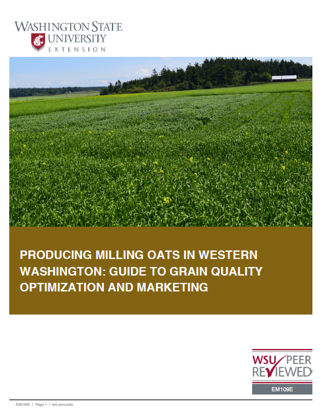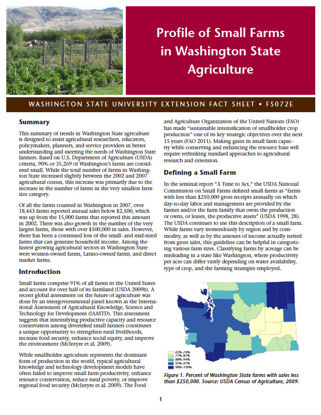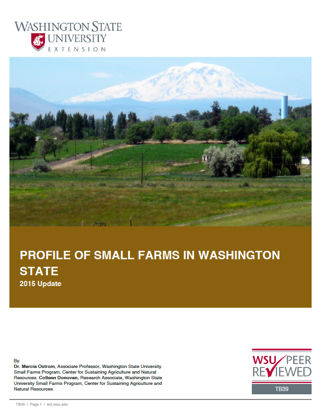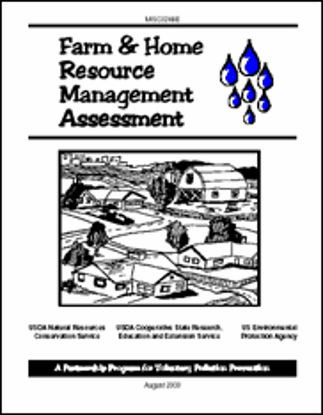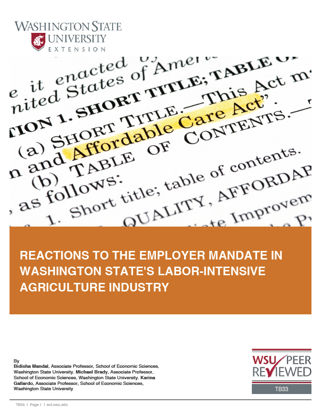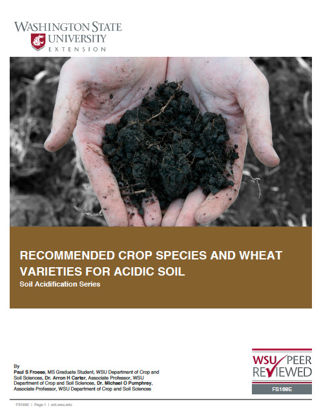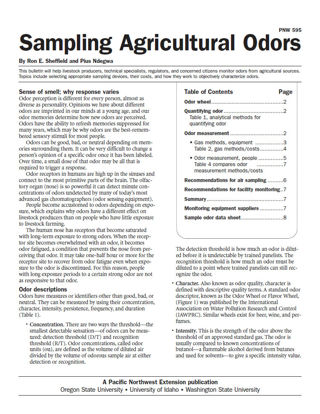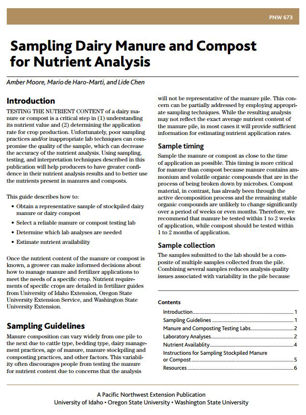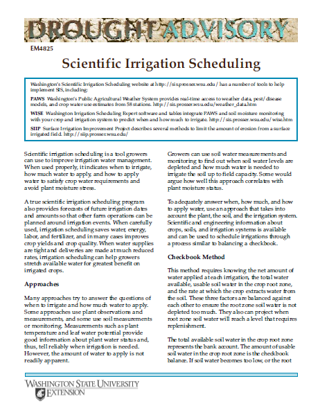You have no items in your shopping cart.
Agriculture Business
Agriculture Business
Producing milling oats in western Washington: Guide to grain quality optimization and marketing
Oats represent an interesting opportunity for producers in western Washington both to diversify their rotations and strengthen local food systems. This publication introduces milling oat quality speci ...
$0.00
Profile of Small Farms in Washington Agriculture
By USDA criteria, over 90% or 35,269 of Washington’s farms are considered small. While the total number of farms in Washington has increased slightly from the last census, this was largely due to gain ...
$0.00
Profile of Small Farms in Washington State Agriculture (2015 Update)
Small farms are important to Washington State, with significant numbers of them found in every county. Beyond their economic contributions, these farms serve critical land stewardship functions.
$0.00
Protecting Your Water Quality Through a Farm and Home Assessment
This assessment has been designed to make you aware of conditions or practices on your property that increase the risk of contamination to your drinking water.
$0.00
Reactions to the Employer Mandate in Washington State's Labor-Intensive Agriculture Industry
The Affordable Care Act has begun to change how we access health care and insurance in the US. One of these changes is the “employer mandate,” which went into effect in 2016. The employer mandate requ ...
$0.00
Recommended Crop Species and Wheat Varieties for Acidic Soil (Soil Acidification Series)
Decreasing soil pH, also called soil acidification, is a growing concern in eastern Washington and northern Idaho. Researchers and farmers have measured soil pH values below 5.0 throughout the Palouse ...
$0.00
Sampling Agricultural Odors
This bulletin will help livestock producers, technical specialists, regulators, and concerned citizens monitor odors from agricultural sources. Topics include appropriate sampling devices, their co ...
$0.00
Sampling Dairy Manure and Compost for Nutrient Analysis
This guide describes how to obtain a representative sample of stockpiled dairy manure or dairy compost, select a reliable manure or compost testing laboratory, determine which lab analyses are nee ...
$0.00
Scientific Irrigation Scheduling
Scientific irrigation scheduling is a tool growers
can use to improve irrigation water management.
When used properly, it indicates when to irrigate,
how much water to apply, and how to apply
wat ...
$0.00

